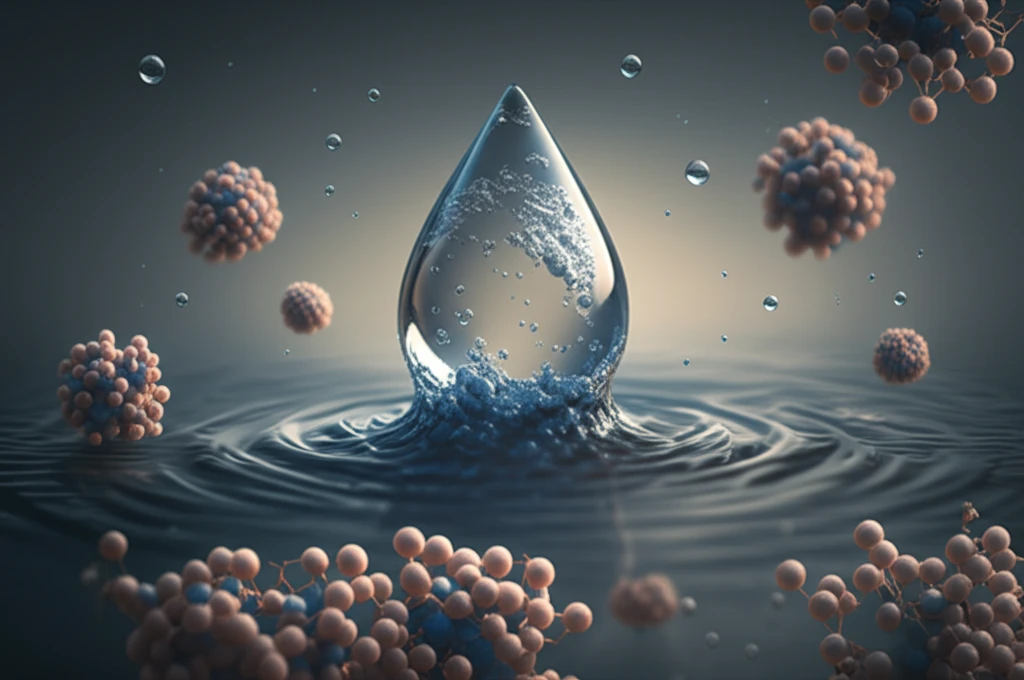
Next-Gen Water Cleanup: How Modified Boron Nitride Could Revolutionize Environmental Remediation
"Discover the potential of hybrid boron nitride in tackling water pollution, offering a sustainable and efficient solution for a cleaner future."
Access to clean water is one of the most pressing challenges of our time. Industrial activities, agricultural runoff, and improper waste disposal contaminate water sources with a range of pollutants, from heavy metals to organic compounds. Traditional water treatment methods often fall short in effectively removing these contaminants, leading to environmental degradation and public health concerns.
In the quest for innovative solutions, scientists are increasingly turning to nanotechnology. Nanomaterials, with their unique properties and high surface areas, offer the potential to revolutionize water treatment. Among these materials, boron nitride (BN) has emerged as a promising candidate for creating advanced filters and adsorbents.
Recent research explores modifying boron nitride to enhance its ability to remove pollutants from water. By grafting polymers onto the surface of BN, scientists are creating hybrid materials with tailored properties, capable of selectively capturing contaminants. This article delves into the fascinating world of modified boron nitride and its potential to transform water purification.
What is Boron Nitride and Why is It a Good Base for Water Purification?

Boron nitride (BN) is a synthetic compound composed of boron and nitrogen atoms. It exists in various forms, including hexagonal boron nitride (h-BN), which has a structure similar to graphene. Boron nitride is known for its:
- High thermal and chemical stability
- Excellent mechanical strength
- Electrical insulation properties
- High surface area
The Future of Clean Water: A Glimpse into Sustainable Solutions
The development of modified boron nitride materials represents a significant step forward in the quest for sustainable water purification technologies. By harnessing the unique properties of nanomaterials and tailoring them to specific applications, scientists are paving the way for more efficient, cost-effective, and environmentally friendly solutions to address the global water crisis. As research continues and these innovative materials are further refined, we can look forward to a future where clean, safe water is accessible to all.
